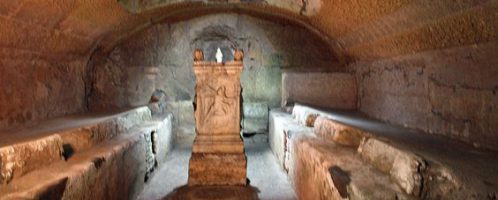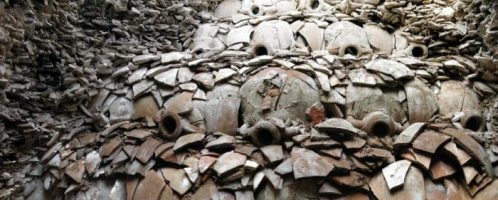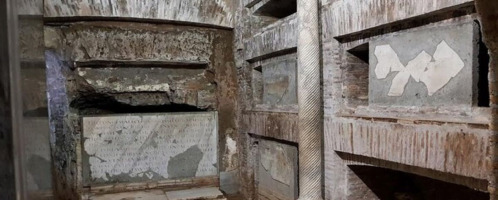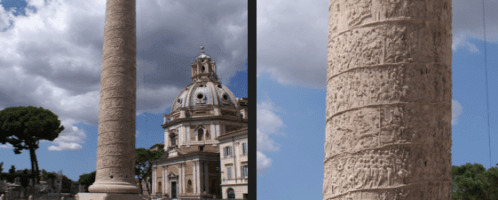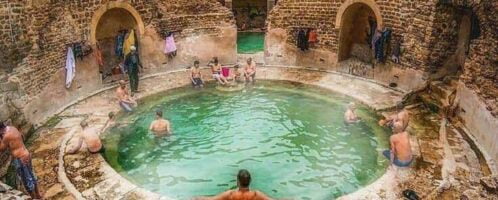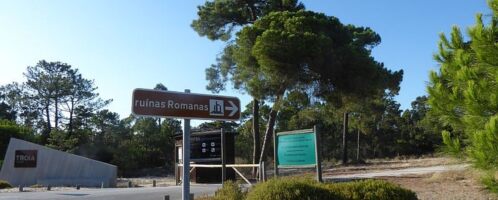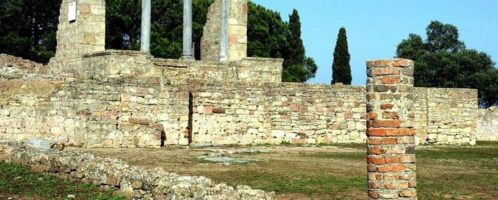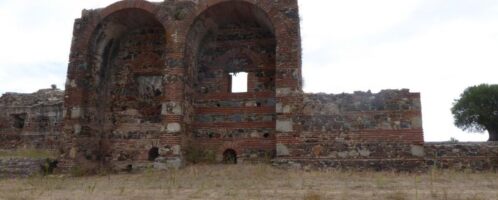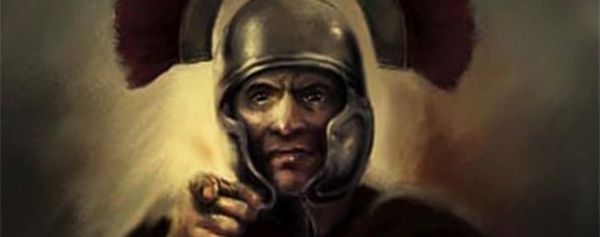If you have found a spelling error, please, notify us by selecting that text and pressing Ctrl+Enter.
Curiosities of ancient Rome (Monuments)
The world of ancient Romans abounded in a number of amazing curiosities and information. The source of knowledge about the life of the Romans are mainly works left to us by ancient writers or discoveries. The Romans left behind a lot of strange information and facts that are sometimes hard to believe.
Monte Testaccio – Roman mountain of garbage
In Rome, there is an artificially built mountain, which entirely consists of fragments of about 53 million Roman amphoras, in which olive oil was stored. It is the largest Roman dump – the so-called Monte Testaccio (also called Monte Testaceo or Monte dei cocci; in English Testacio).
Domus Gai – Caligula’s palace in Forum Romanum
The Caligula Palace called “Domus Gai” or “Domus Caligolae” was actually part of the extensive imperial complex located at the foot of the Palatine, next to the Forum, at the back of the temple of Castor and Pollux. What did he look like? Only small fragments of its foundations, included in later buildings, have been preserved and examined.
Catacombs of Saint Callixtus
In the first century, the Christians of Rome did not have their own cemeteries and used common burial places. For this reason, Saint. Peter was buried on Vatican Hill accessible to everyone; similarly, saint Paul – in the necropolis on Via Ostiense. Over time, the Christian community decided that it was necessary to create separate burial places for the followers of Jesus.
Monument to Trajan’s victory over Dacians
Trajan’s Column (COLVMNA·TRAIANI) is a monument to the victory of Emperor Trajan over the Dakis in the wars in 101-102 and 105-106 CE Financed from enormous spoils of war since the year 113 CE, it is now a landmark on the map capital of Rome.
Roman baths in Khenchela are still in use
Roman baths (Aquae Flavianae) were created during the reign of the Flavian dynasty, at the end of the 1st century CE. The site is located in the Aurès Mountains – mountain range in Khenchel province in Algeria. Baths are still in use today.
Roman ruins in Troia, Portugal
The Troia Peninsula, located south of Setubal and Lisbon (Portugal), played a very important role in the fisheries sector in Roman times. The center operated until the 6th century CE.
Roman villa Sao Cucufate near Vidigueira
In the south of Portugal, near the town of Vidigueira, there are remains of a large Roman villa, which dates back to the first century CE. Scientists were able to determine three separate phases of the existence of the building that was being rebuilt.

